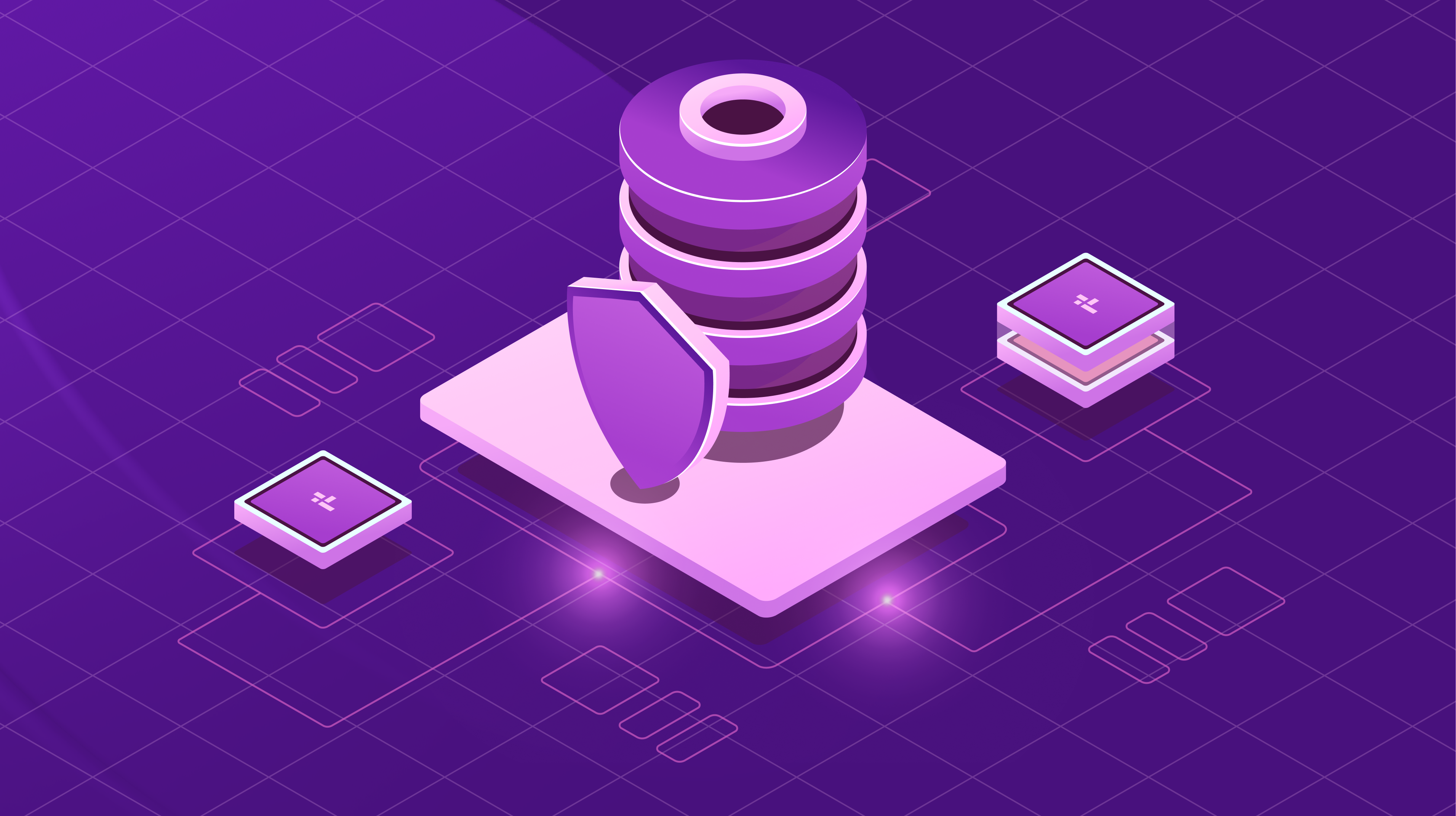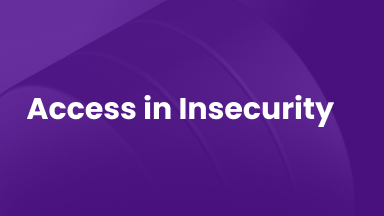How Object First and Veeam Bring 3-2-1-1-0 to Life
The 3-2-1 backup rule has long been the golden standard for data security.
It didn’t come from Silicon Valley, a cybersecurity think tank, or a Fortune 500 IT department. It came from a photographer.
In 2005, Peter Krogh introduced the 3-2-1 backup rule in his book “Digital Asset Management for Photographers” to help creatives protect their digital photo libraries.

American photographer, Peter Krogh. Courtesy of The DAM Book.
Fast forward to today, that same rule has become a foundational principle for companies looking to protect their backups from data loss, corruption, or ransomware. This is no longer industry-specific; today, organizations across every sector must adopt these practices to build a resilient backup architecture.
What Is the 3-2-1 Backup Rule?
At its core, the 3-2-1 rule is all about redundancy and resilience. It ensures that even if one or two layers of your backup strategy fail, your data is still safe and recoverable.
Here’s what it entails:
- 3 copies of your data: One primary and two backups
- 2 different types of storage media: For example, local disk and cloud, or NAS and tape
- 1 copy stored offsite: To protect against physical disasters like fire, flood, or theft
This simple yet powerful framework has helped organizations of all sizes build more durable, disaster-ready backup strategies.
Beyond 3-2-1: What a Resilient Backup Architecture Looks Like Today
Since ransomware attacks have gotten stronger, smarter, and more frequent, the traditional 3-2-1 model needs more reinforcement. That’s where the 3-2-1-1-0 backup rule comes in—adding two upgrades to further combat bad data corruption, deletion, or disaster.
Here’s what the extra “1” and “0” add:
- +1: At least one copy must be immutable or air-gapped, meaning it cannot be altered or deleted (even by hackers)
- +0: Backups must be error-free, verified with zero backup errors or corruption
These additions ensure that your backups are available for you to access during recovery, and that your backup data remains uncorrupted and safeguarded.
Building a Resilient Backup Architecture with Object First and Veeam
In our latest white paper, we explore how Object First’s Ootbi (Out-of-the-Box Immutability) and the Veeam Data Cloud Vault (VDCV) work together to fully implement the 3-2-1-1-0 strategy and secure your backup data.
Here’s a snapshot of that partnership:
- Ootbi provides fast, local recovery with built-in immutability, Zero Trust architecture, and ransomware-proof design—all without requiring deep security expertise.
- VDCV was designed for high availability and offers logically air-gapped, encrypted off-site cloud storage that ensures protection against outages and failures with durable, synchronous replication.
Together, they create a layered, resilient backup architecture that protects your data from every angle—whether you're facing a cyberattack, hardware failure, or natural disaster.
To learn more background on the 3-2-1 and 3-2-1-1-0 backup rules, as well as to get more detail on how these solutions work together to deliver true ransomware resilience, read the full white paper today.



